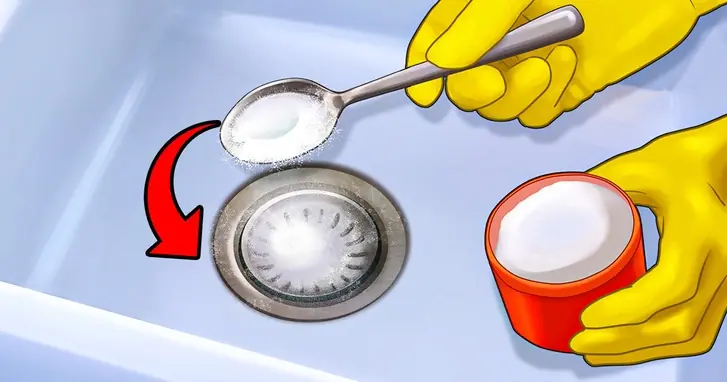
It Only Takes 5 Seconds to Pick a Perfect Watermelon—and Avoid Getting Fooled by the Seller
It Only Takes 5 Seconds to Pick a Perfect Watermelon—and Avoid Getting Fooled by the Seller
After many failed attempts, this is my hard-earned "battle-tested" experience when it comes to choosing the right watermelon.
Calling summer the season of watermelon wouldn’t be wrong. There are few fruits as juicy and instantly refreshing. But the frustrating truth is, before I figured out the "golden rule" of picking a good one, I brought home countless bland, rind-heavy watermelons that were a complete waste of money.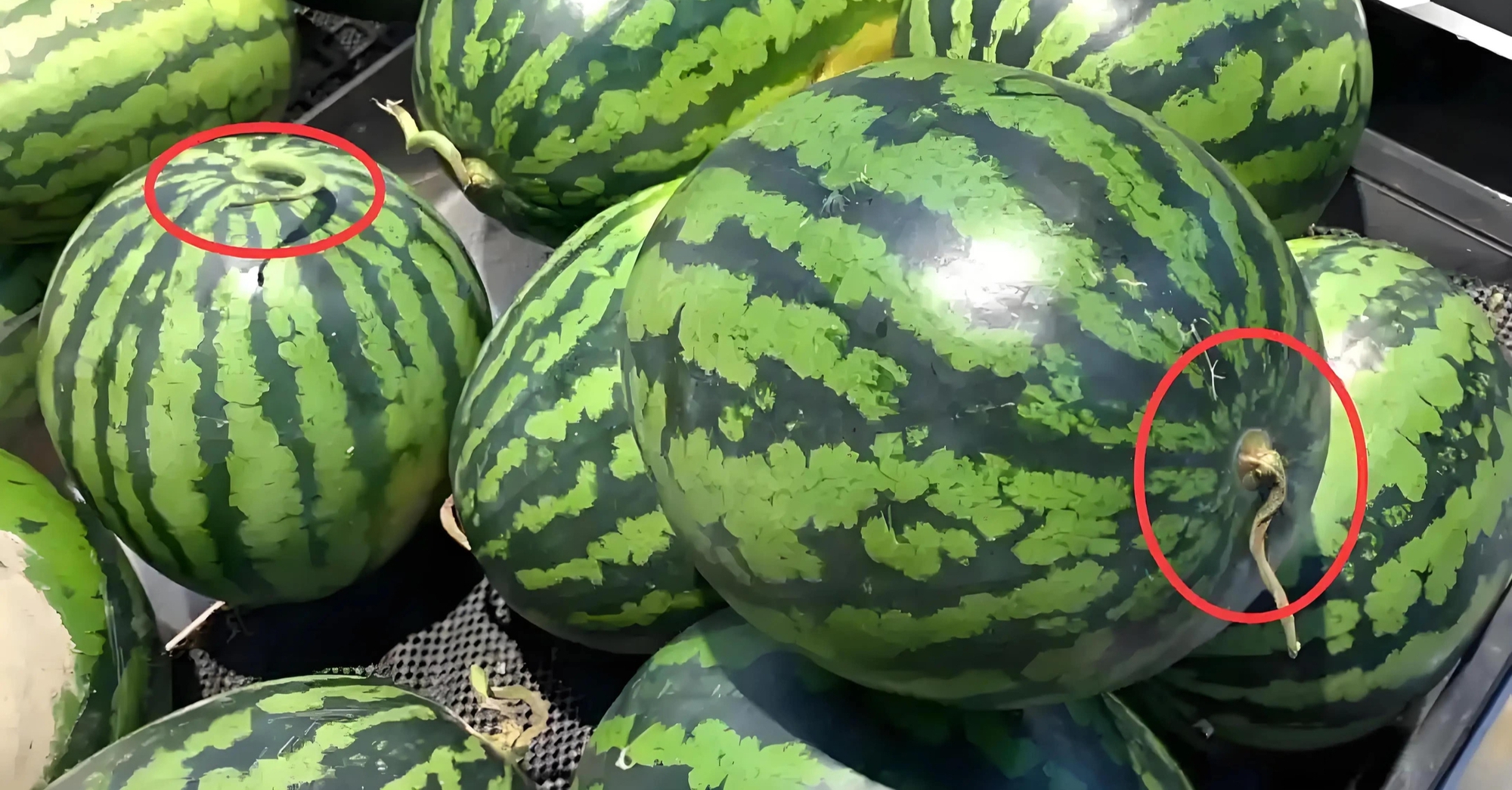
So, how do you tell if a watermelon is good? Below are 5 foolproof tips that help me pick the perfect one at just a glance!
1. Check the Skin
A good watermelon usually has bold, clear striping with alternating dark and light green colors. One interesting detail is that if you look closely, you'll spot the largest ring circling the fruit. If both ends of this ring align perfectly, it usually means the watermelon is round, evenly ripened, and has a beautiful, sweet interior.
Also, touch the skin. If it feels rough and slightly gritty—not smooth and glossy—it’s likely a fresh one. Shiny watermelons have usually been sitting around too long.
2. Look at the Stem
The shape and color of the stem (or the spot where it was attached) can reveal a lot.
-
A curved stem like a crescent moon often signals natural ripeness.
-
A straight, stiff stem may indicate artificial ripening.
Moreover, if the stem is still bright green, the watermelon was likely picked too early, and the flesh will be pale and tasteless. In contrast, a small, slightly dry, naturally curled stem suggests the melon has ripened fully and will be juicy and sweet.
But don’t get fooled: some dried stems are from “dead vines,” meaning the watermelon was picked prematurely and won’t be flavorful. The ideal stem should be evenly curled, lightly dried out, and not shriveled—a sign of proper ripening.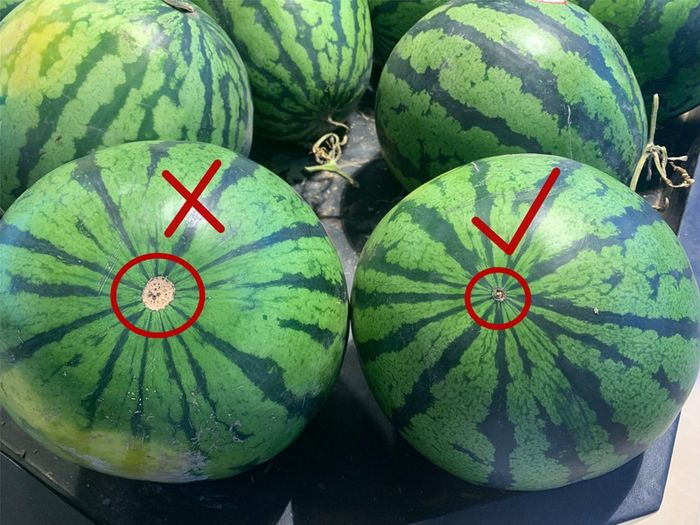
3. Examine the “Belly Button”
Many people obsess over color or stripes but forget one key spot: the belly button, which is the small circle on the bottom where the flower once bloomed.
This tiny detail actually holds the secret to sweetness:
-
A large belly button usually means thick rind and bland flesh.
-
A small, slightly indented one is a strong indicator of thick, sweet, juicy flesh.
So next time you’re at the market, flip the melon over and check its belly button first—you’ll likely hit the jackpot 9 out of 10 times.
4. Inspect the Field Spot
To know if a watermelon is truly ripe, look at the field spot—the part that rested on the ground while growing.
If it’s deep yellow or orange with maybe even a few brownish patches, congratulations—you’re looking at a sun-soaked, fully ripened, sweet watermelon.
If the spot is pale yellow or greenish, chances are the fruit was picked too early and lacks flavor. For best results, go for melons with large, evenly colored spots, which show they stayed on the vine long enough to soak up maximum sunlight and nutrients.
5. Tap Test
This is the go-to method for many shoppers, but not everyone does it right.
Lightly tap the watermelon with your knuckle two times:
-
If the sound is "dong dong", like an echoing drum, the melon isn’t fully ripe yet.
-
If the sound is "thud thud", it’s likely overripe and the flesh may be mushy.
The perfect sound is "deep and crisp"—something like “bip bip”—which suggests the flesh is firm, sweet, and crunchy. That’s the one you want to take home.
News in the same category


Using 3 kitchen ingredients, ants will never come back, safe for children, effective immediately

Golden tips for shiny leather shoes like new, no polish needed, just need these 4 things to throw away
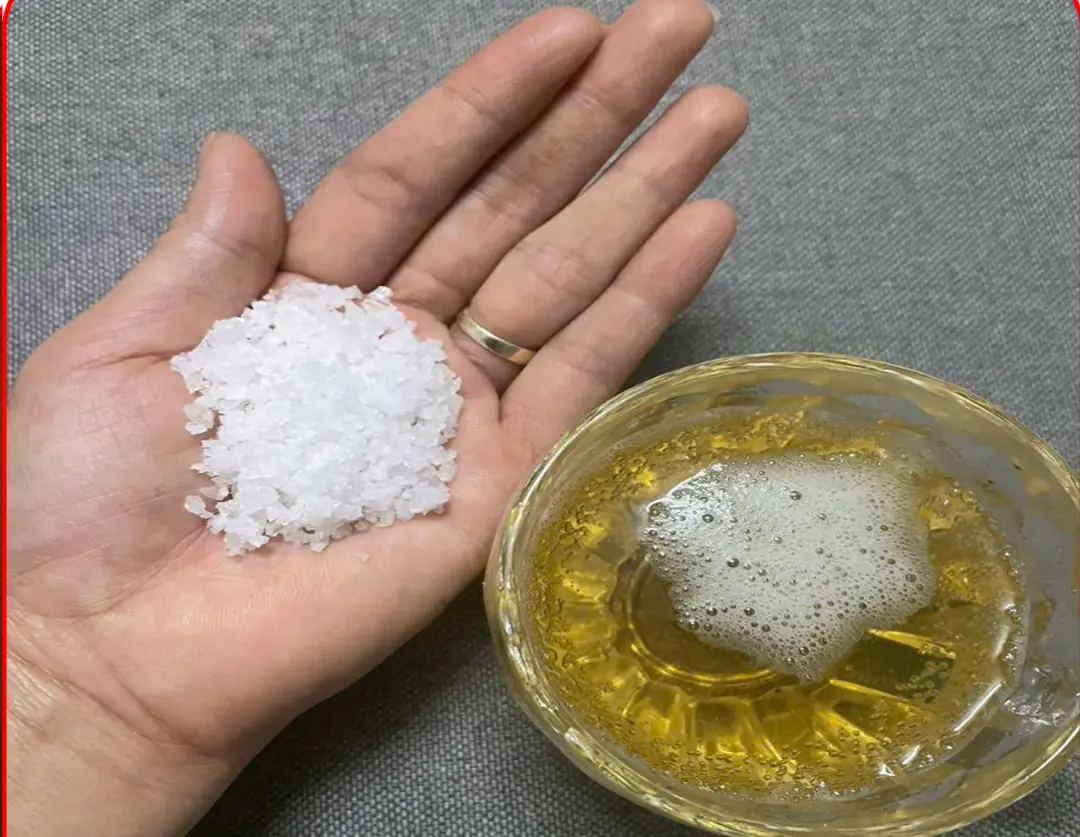
If you drink leftover beer, add a little salt to create
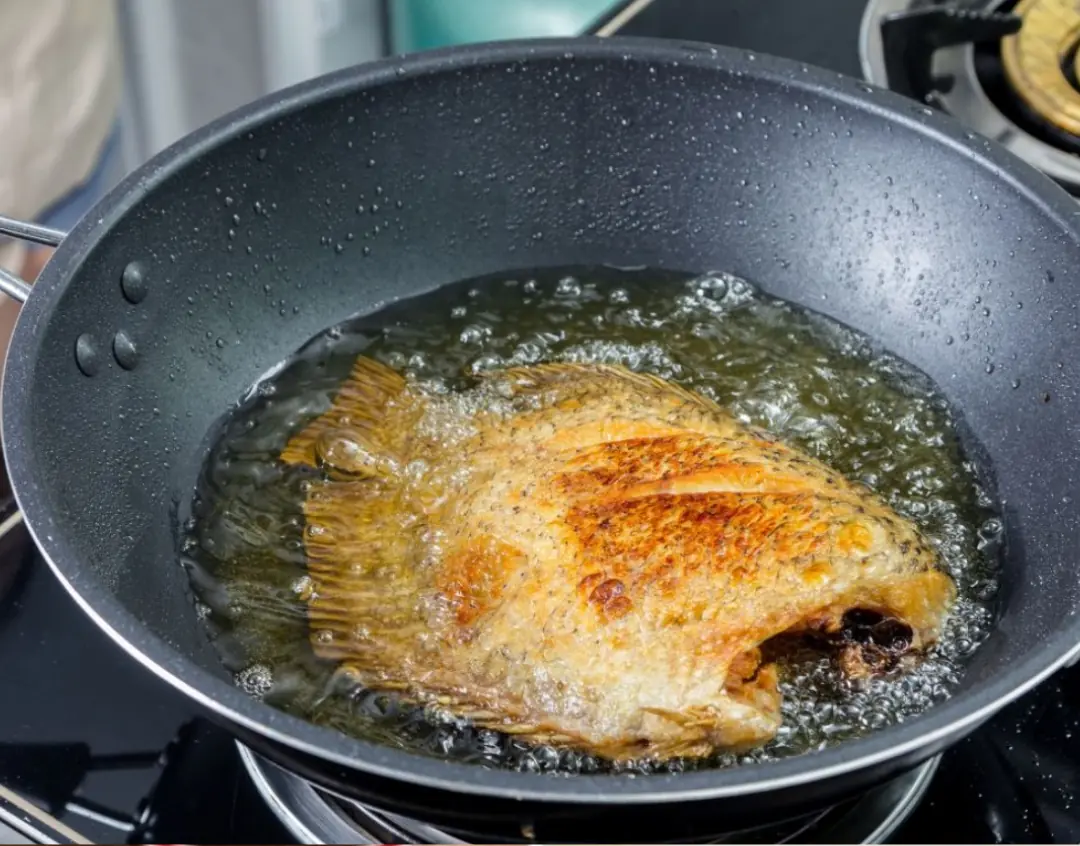
When frying fish, don't put it in the pan right away
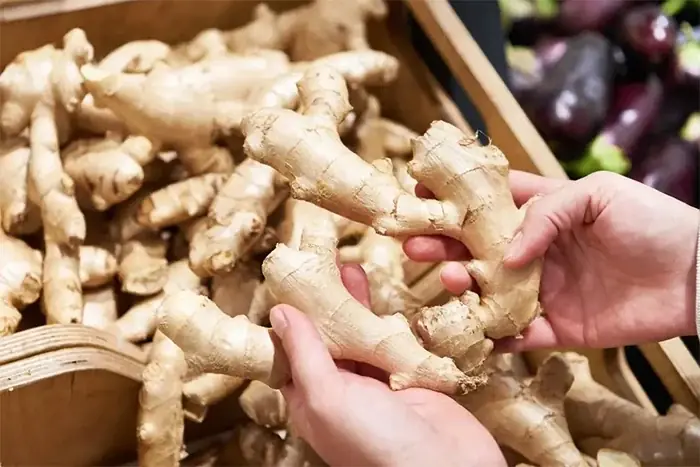
How to keep ginger fresh for a long time
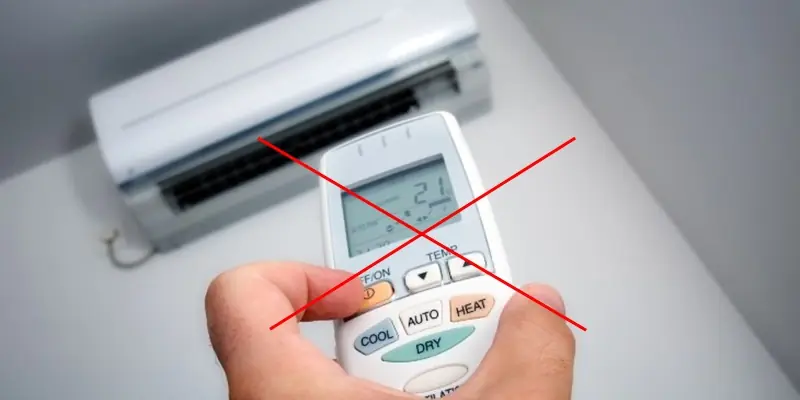
Smart People Use Air Conditioners This Way
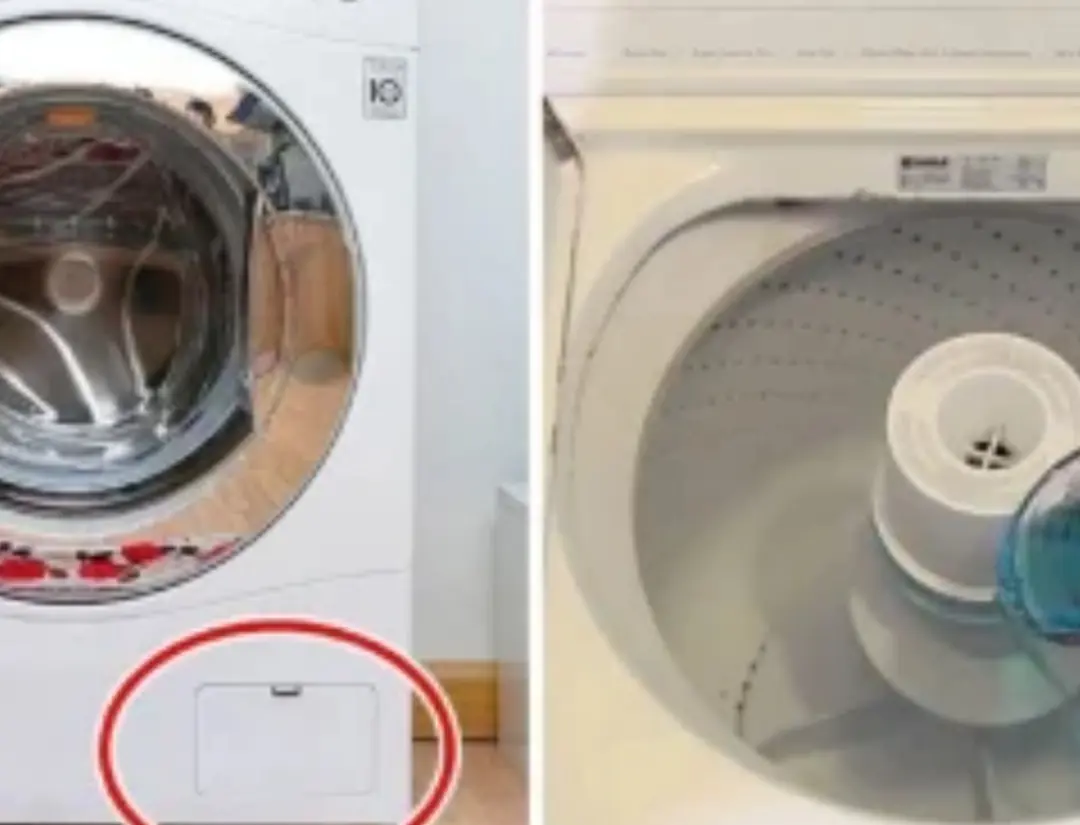
There is a small switch on the washing machine: Press it once and the dirt will automatically be discharged.
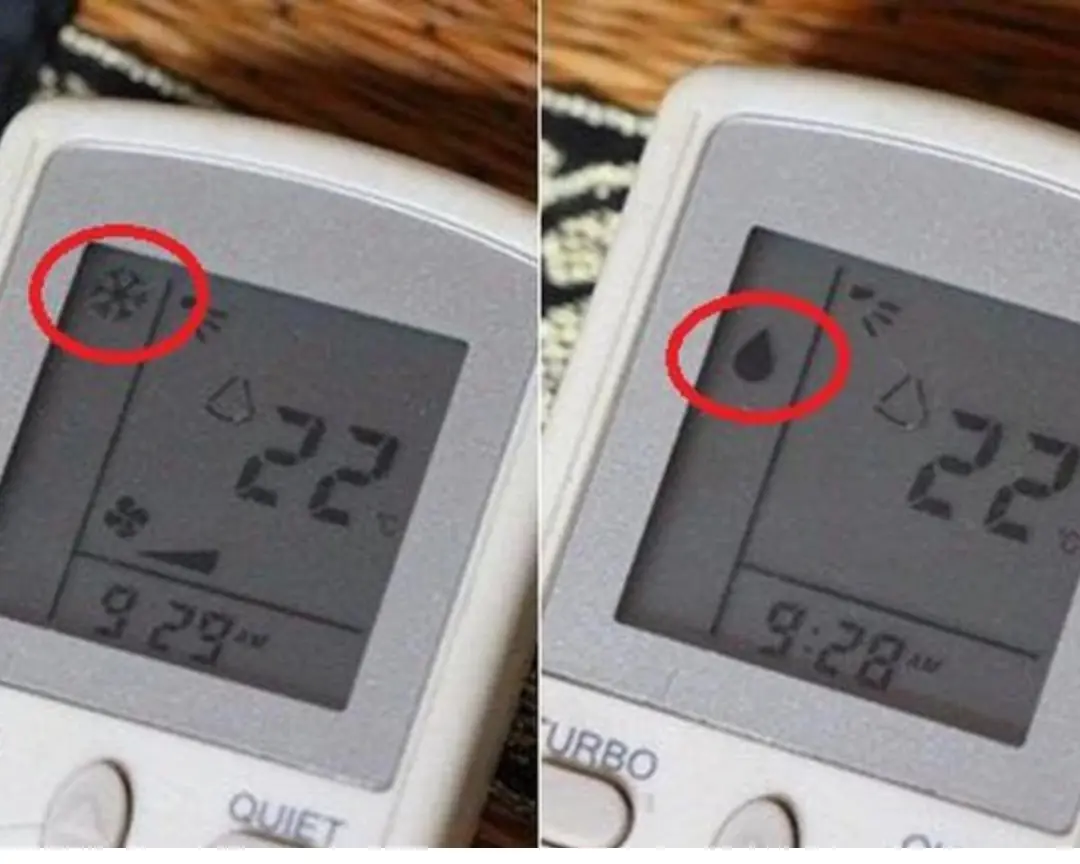
Tips for using air conditioning without worrying about skyrocketing electricity bills

Toilet smells fishy: Pour this in and the smell will go away, free of charge
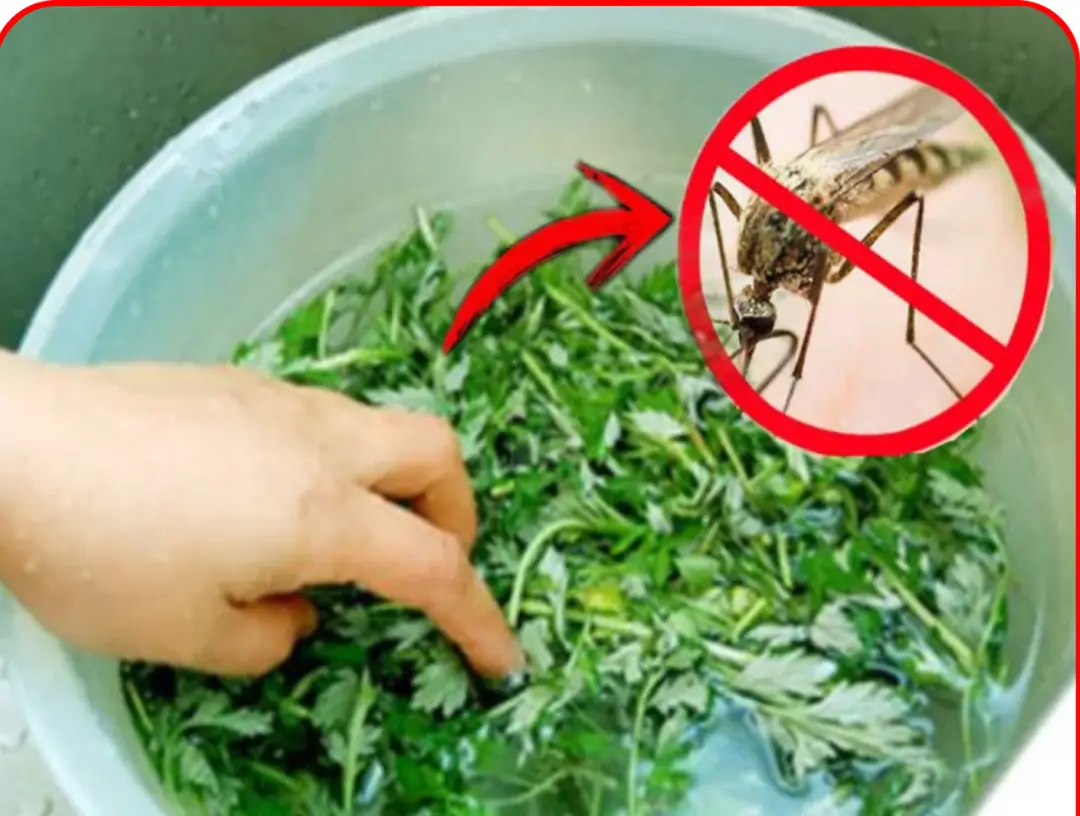
Crush this handful of leaves and place it in the room.
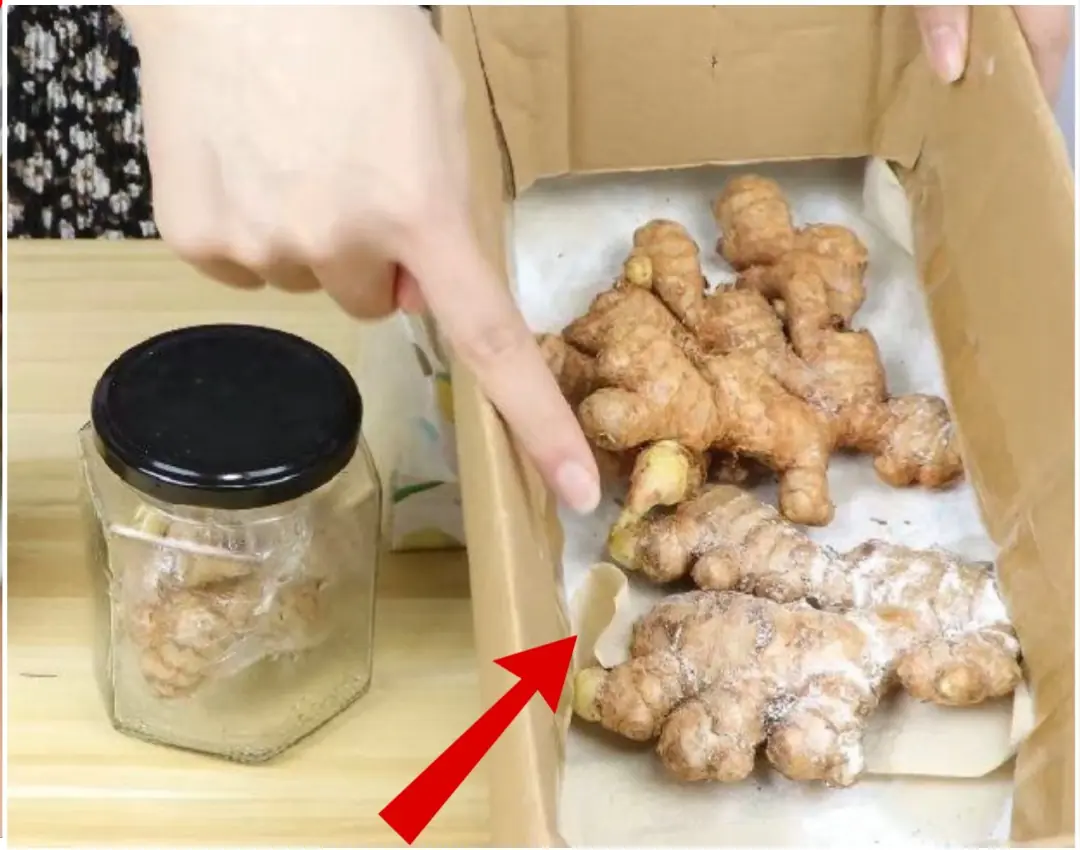
Ginger left for a long time will often shrink, rot, or sprout
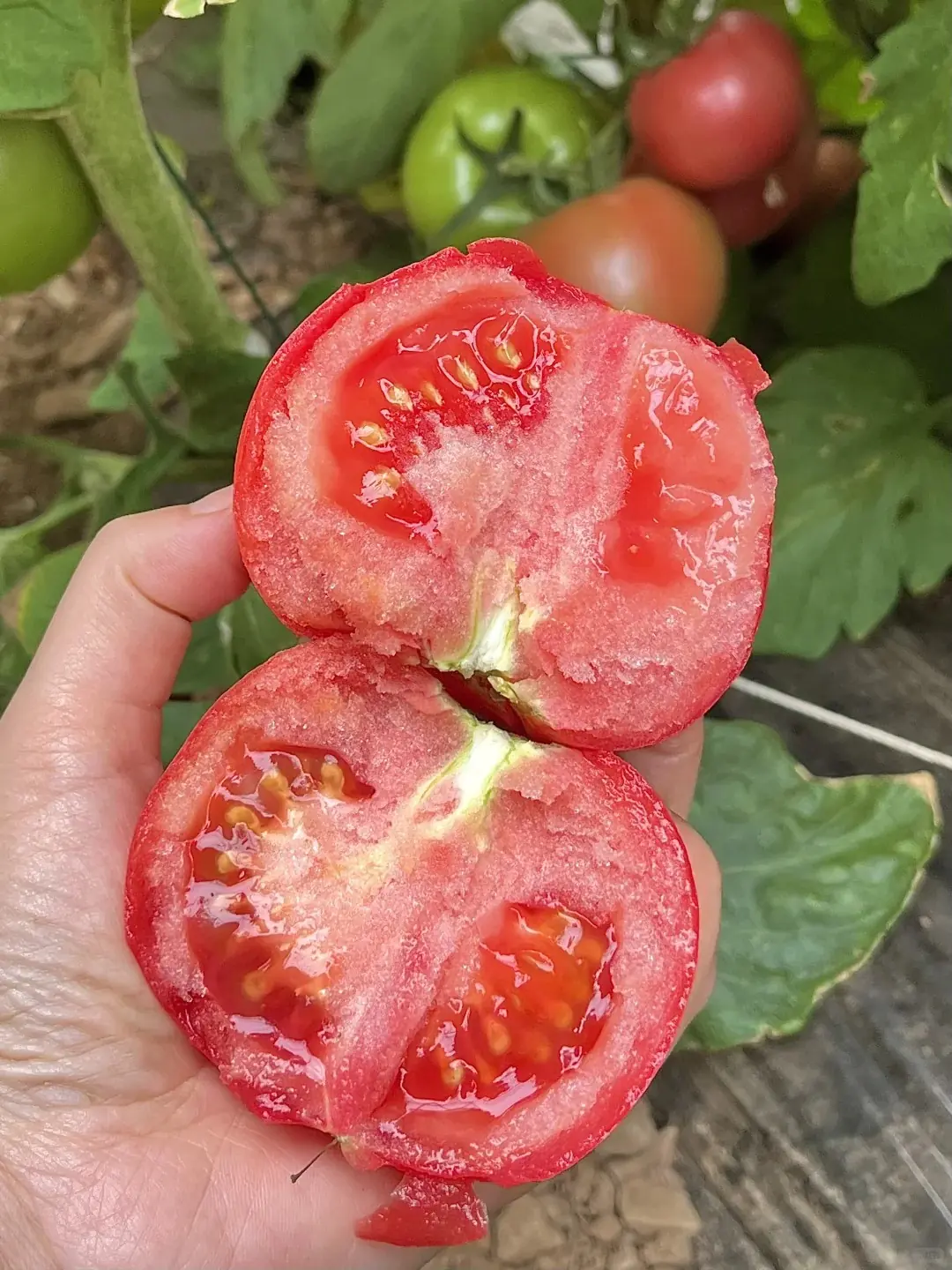
Don’t Buy the Brightest, Glossiest Tomatoes – Veteran Farmers Only Pick These 3 “Ugly but Delicious” Types
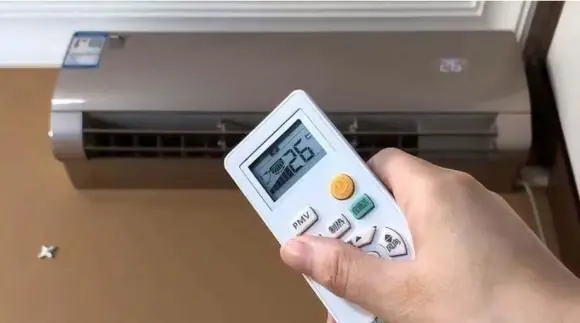
Why should you do that?
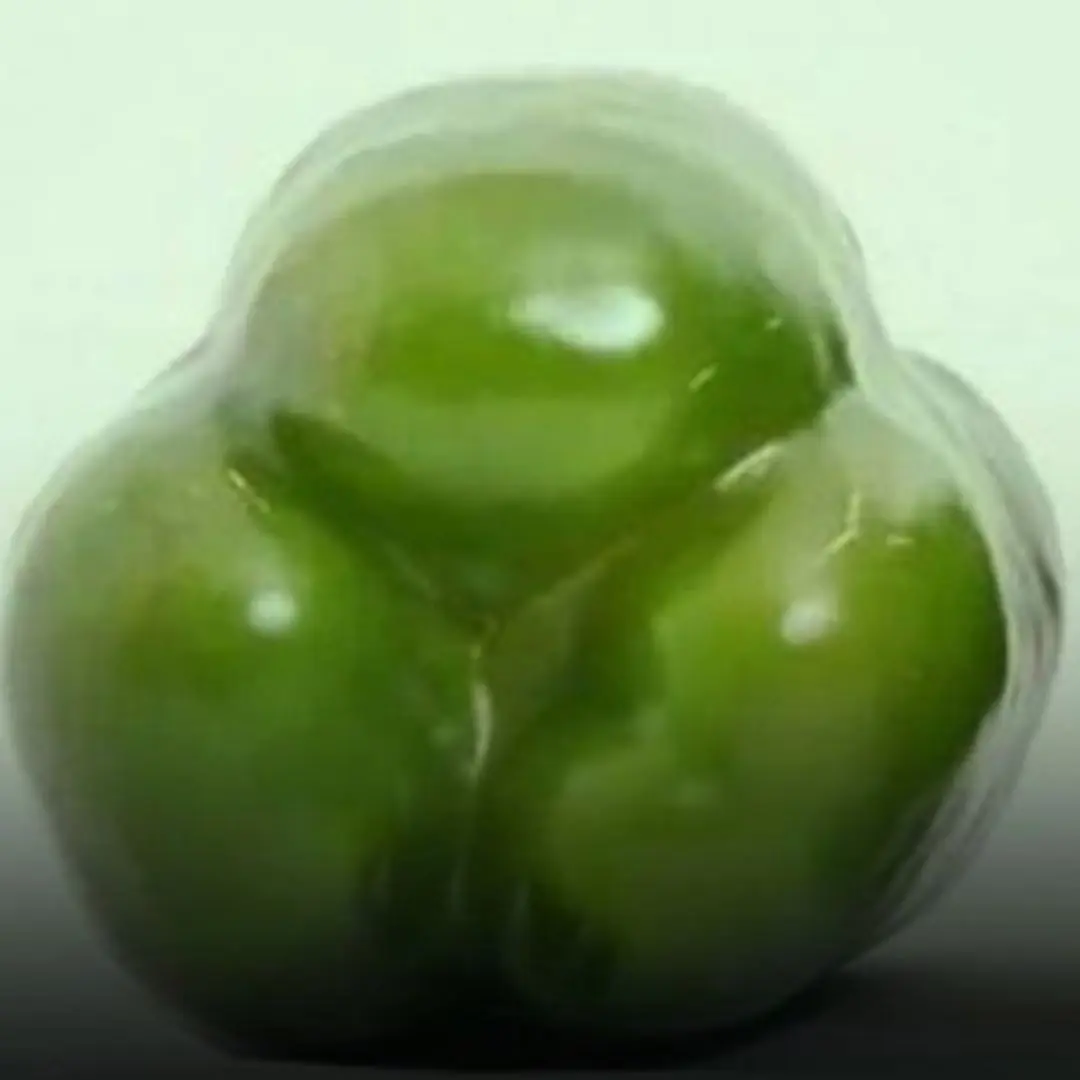
When buying bell peppers, choose the one with 3 or 4 grooves. Which one is better?
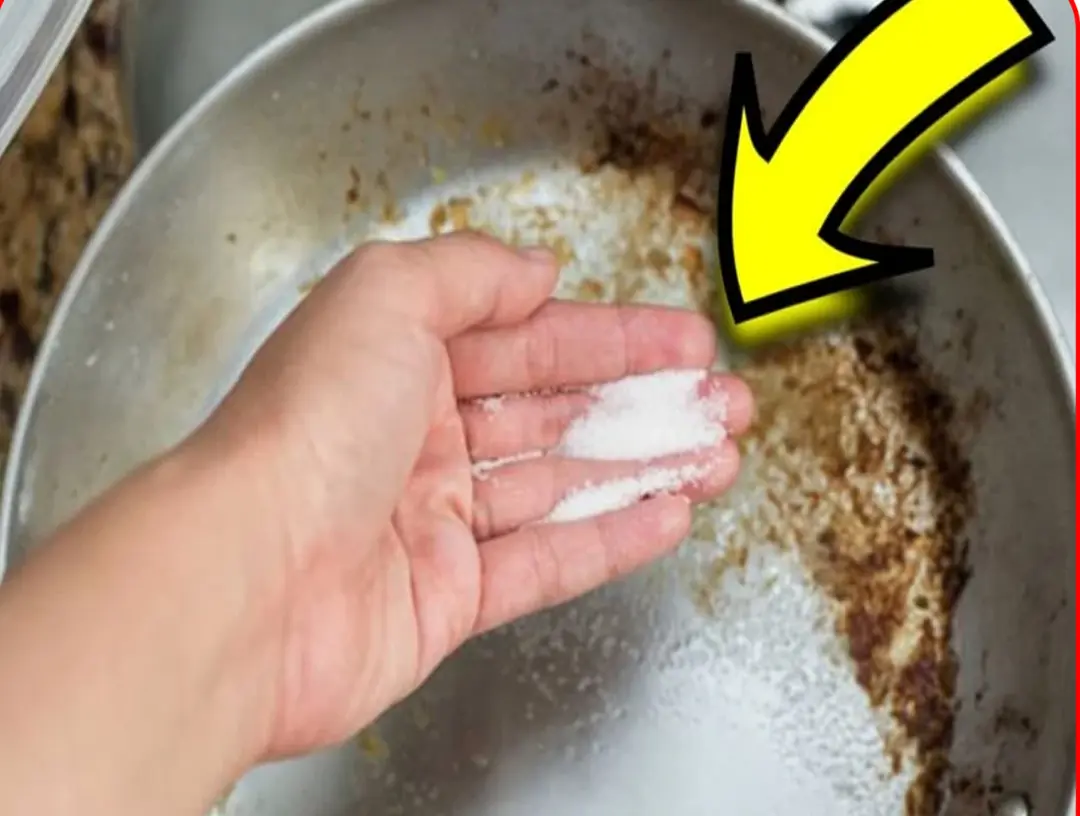
If the pan loses its non-stick coating, don't throw it away.

About 15 minutes before a stroke, the body usually sends out 4 clear
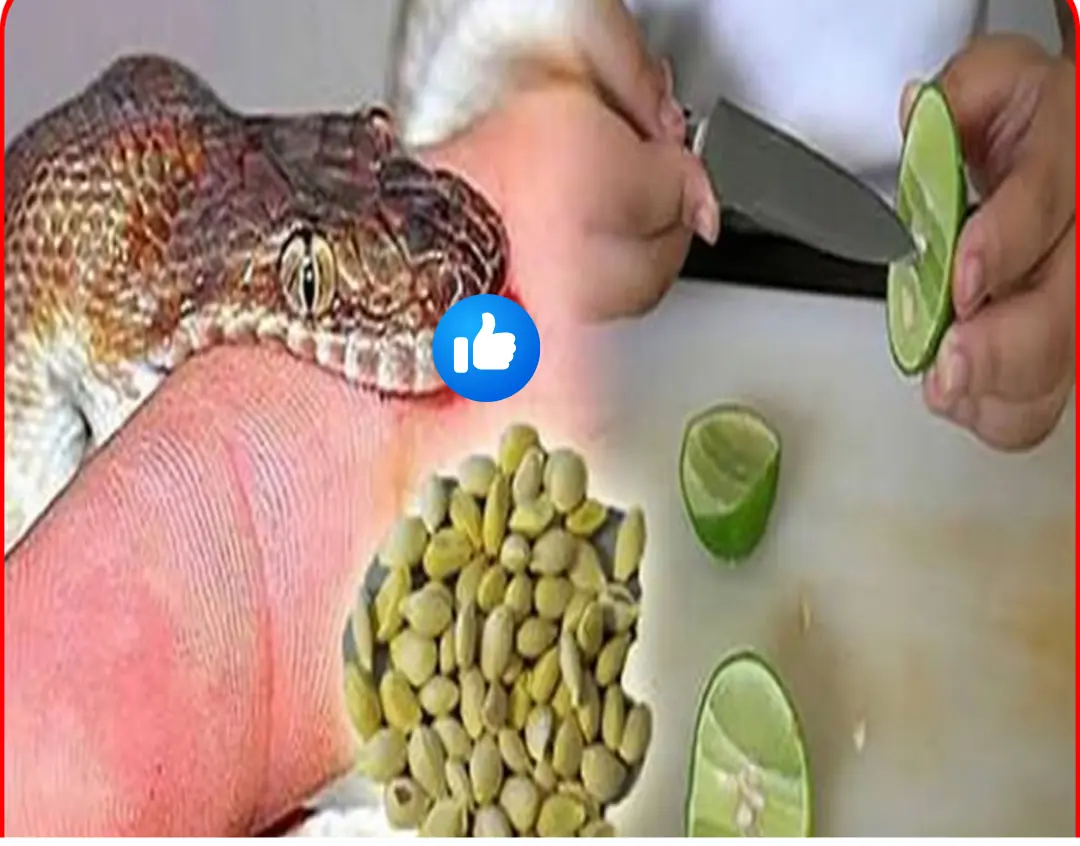
Save this valuable remedy to help absorb toxins and save lives

Show you 4 effective ways to keep your house free of cockroaches
News Post

The Night Came Slowly

Benefits of pouring salt down the drain

To Build a Fire

Using 3 kitchen ingredients, ants will never come back, safe for children, effective immediately

Golden tips for shiny leather shoes like new, no polish needed, just need these 4 things to throw away

If you drink leftover beer, add a little salt to create

8 foods that are incompatible with tumors, remind each other to eat them regularly

When frying fish, don't put it in the pan right away

How to use air conditioner properly

How to keep ginger fresh for a long time

The Cask of Amontillado
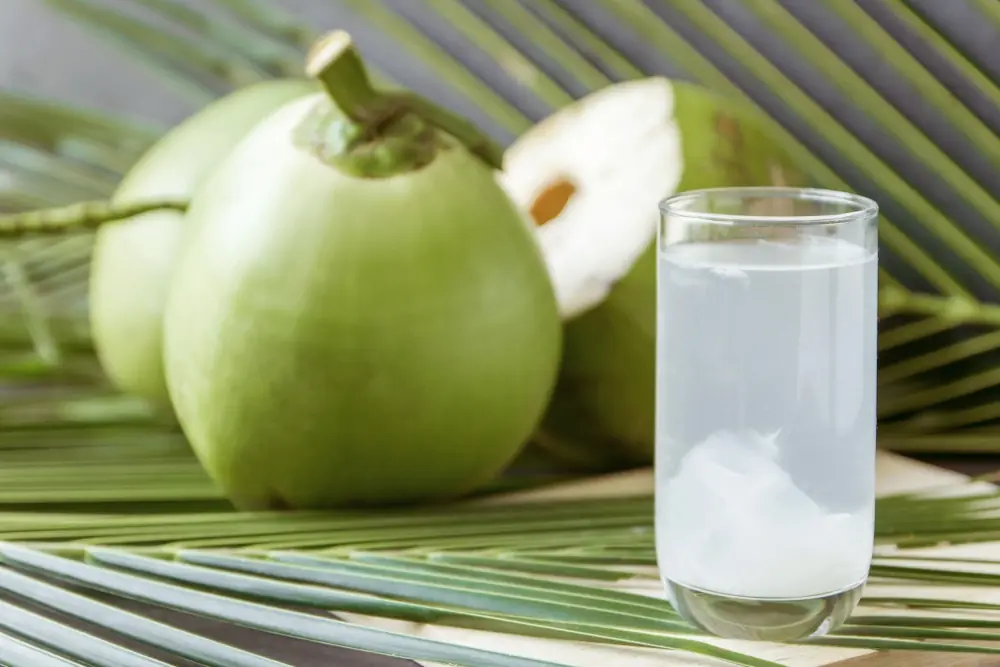
Amazing effects of coconut water

New virus discovered in bats that can infect humans like Covid-19

Smart People Use Air Conditioners This Way

There is a small switch on the washing machine: Press it once and the dirt will automatically be discharged.

Tips for using air conditioning without worrying about skyrocketing electricity bills

Toilet smells fishy: Pour this in and the smell will go away, free of charge

Crush this handful of leaves and place it in the room.
